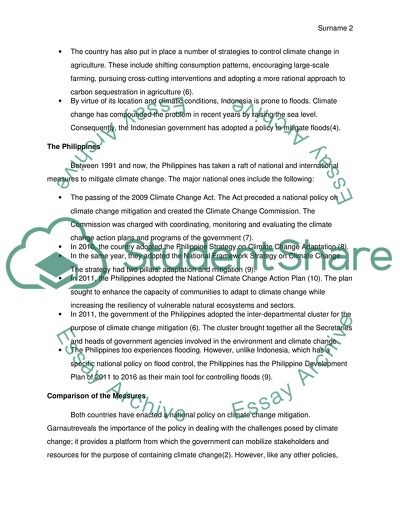Cite this document
(Climate Change Mitigation of Indonesia and the Philippines Coursework, n.d.)
Climate Change Mitigation of Indonesia and the Philippines Coursework. https://studentshare.org/environmental-studies/1857708-international-perspective
Climate Change Mitigation of Indonesia and the Philippines Coursework. https://studentshare.org/environmental-studies/1857708-international-perspective
(Climate Change Mitigation of Indonesia and the Philippines Coursework)
Climate Change Mitigation of Indonesia and the Philippines Coursework. https://studentshare.org/environmental-studies/1857708-international-perspective.
Climate Change Mitigation of Indonesia and the Philippines Coursework. https://studentshare.org/environmental-studies/1857708-international-perspective.
“Climate Change Mitigation of Indonesia and the Philippines Coursework”. https://studentshare.org/environmental-studies/1857708-international-perspective.


